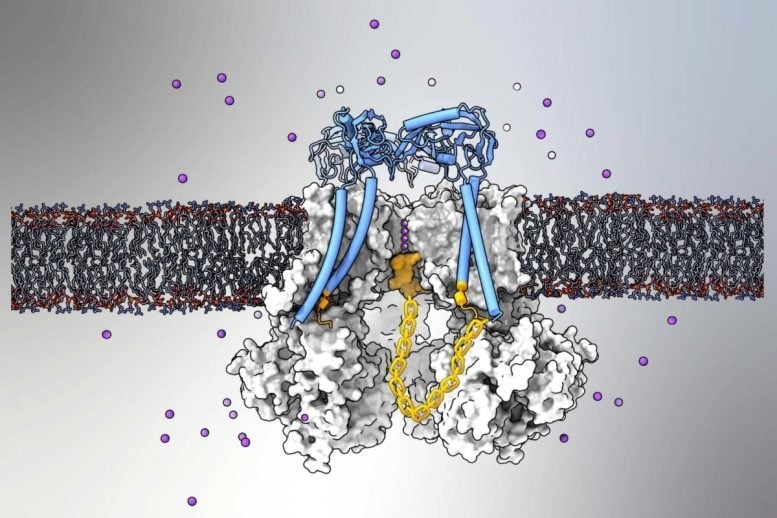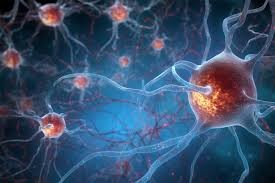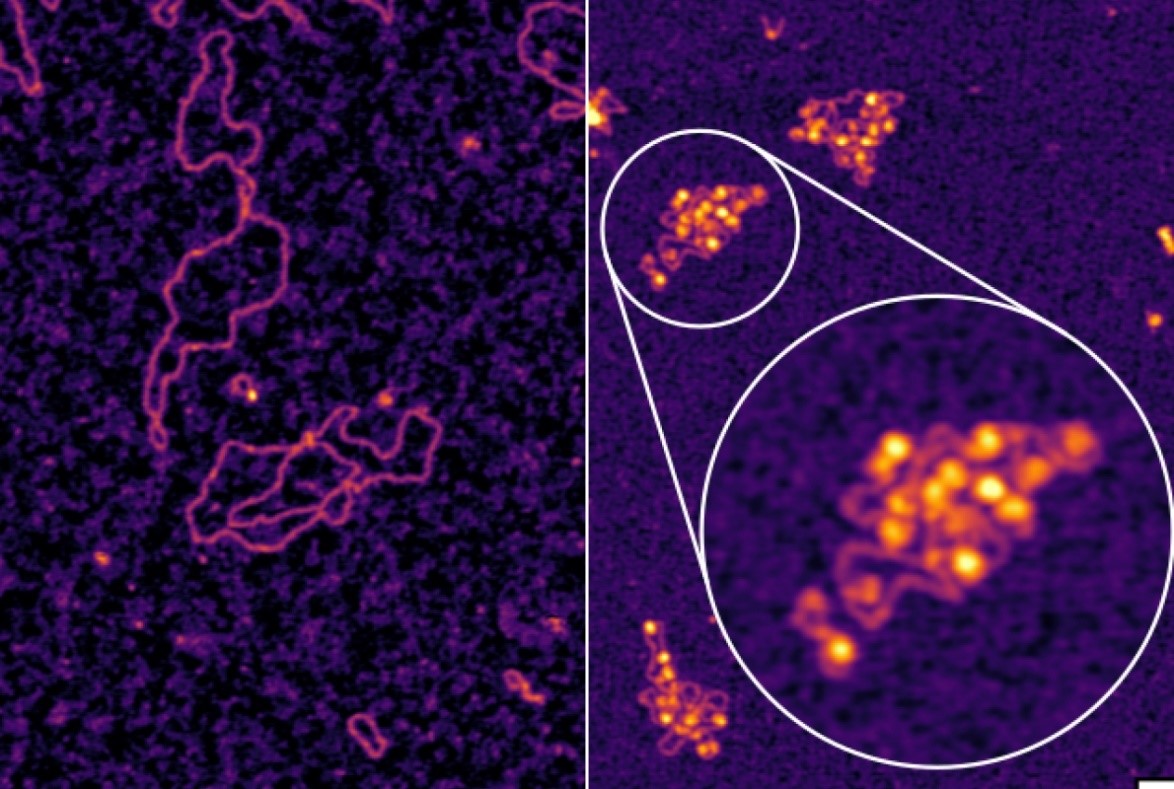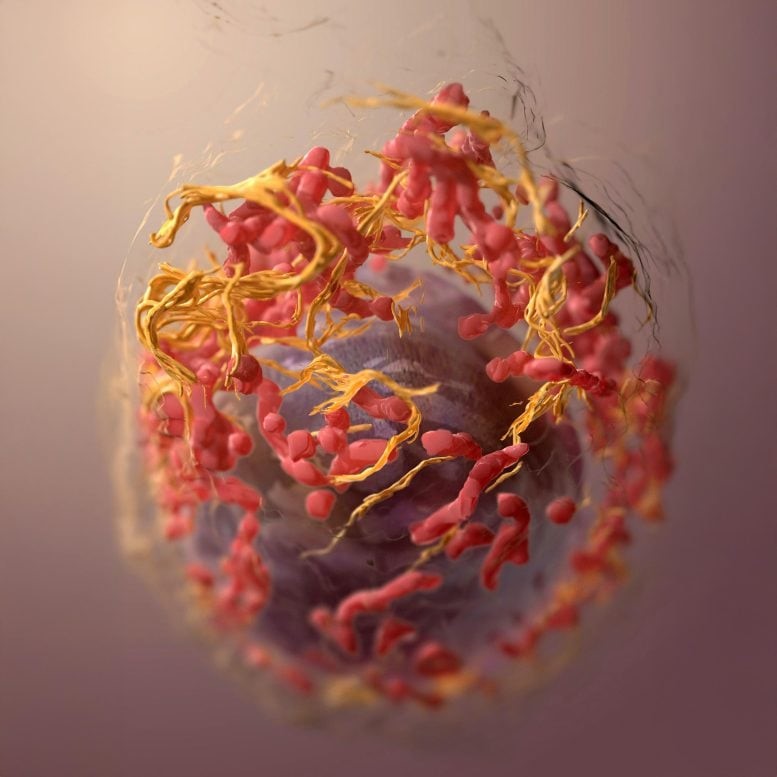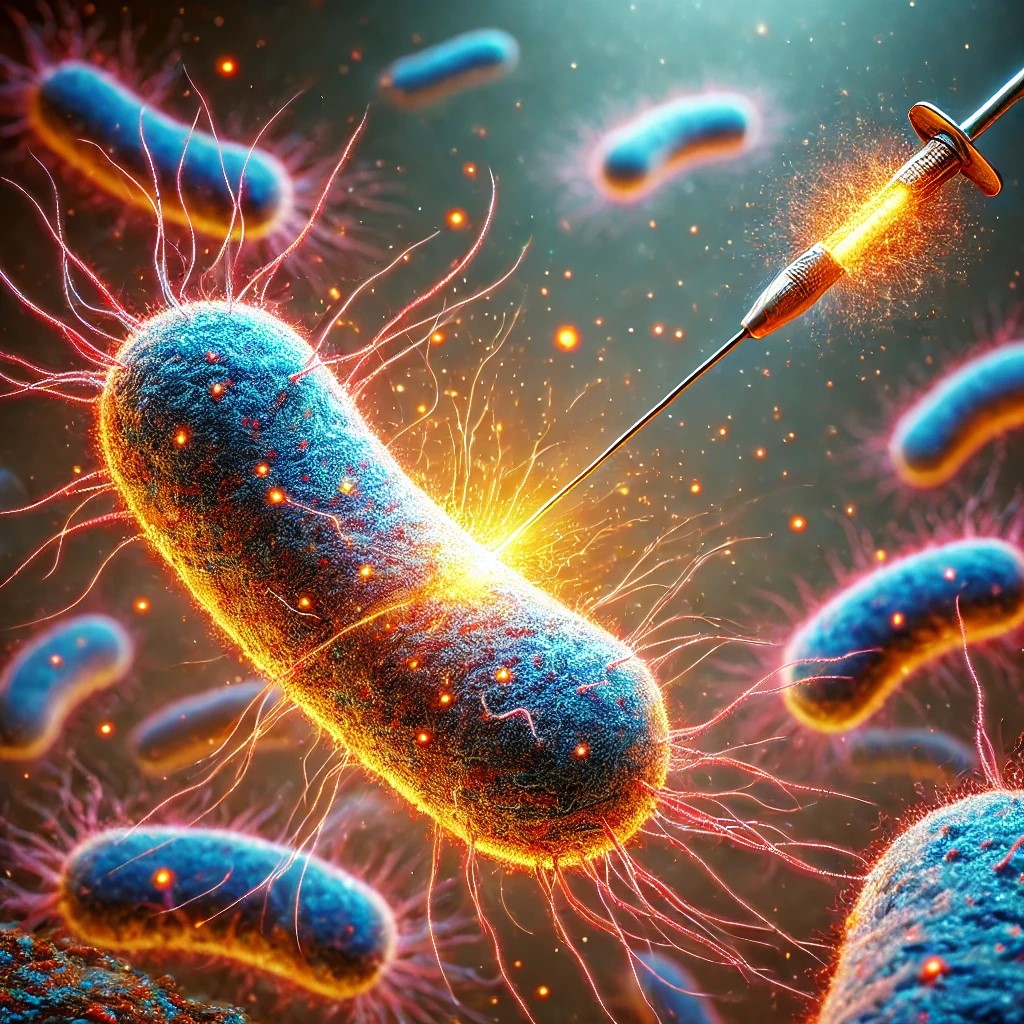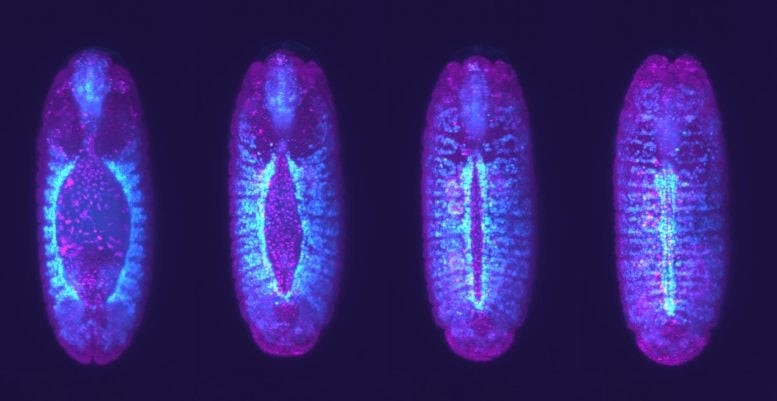Tumor "Stickiness" – Researchers Discover a Potential Method to Predict Cancer Spread
UC San Diego researchers have created a device capable of predicting breast cancer aggressiveness by assessing tumor cell adhesion. Cells with weaker adhesion suggest a higher likelihood of metastasis, particularly in early-stage DCIS. This breakthrough could enhance personalized treatment plans and improve cancer prognosis.
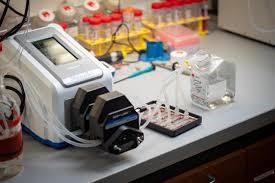
Figure 1.Forecast Cancer's Spread.
Researchers at the University of California, San Diego, have developed a microfluidic device that could predict the likelihood of early-stage breast cancer spreading by measuring the "stickiness" of tumor cells. This device sorts cells based on their ability to adhere to chamber walls, revealing that weakly adherent cells are often linked to aggressive cancers, while strongly adherent cells indicate less aggressive forms. This innovation could help doctors identify high-risk patients and personalize treatment strategies. Figure 1 forecast cancer's spread.
Enhancing Cancer Diagnosis Potential
The trial showed that tumor cell adhesion could be a key indicator for distinguishing between aggressive and less aggressive cancers, said Adam Engler, senior author and bioengineering professor at UC San Diego. Building on earlier research with Anne Wallace, director of the Comprehensive Breast Health Center, the team found that weakly adherent cancer cells have a higher tendency to spread [1]. Their latest study focused on ductal carcinoma in situ (DCIS), an early-stage breast cancer, revealing that adhesion strength varies among patients.
"This adhesion model could help predict which DCIS cases may become invasive, allowing us to personalize treatment and avoid unnecessary interventions," said Wallace. Engler added that the device could offer a reliable way to identify high-risk DCIS patients, improving treatment decisions.
The Microfluidic Device: Assessing Tumor Cell Adhesion
The UC San Diego team developed a microfluidic device, about the size of an index card, designed to measure tumor cell adhesion using chambers coated with fibronectin, a breast tissue protein. Tumor cells placed in the chambers experience increasing shear stress as fluid flows through, allowing researchers to classify them as strongly or weakly adherent based on their detachment response.
Testing on 16 patient samples, including normal breast tissue, DCIS, and invasive breast cancer, showed that aggressive tumors contained weakly adherent cells, while normal tissues had strongly adherent cells. DCIS samples exhibited mixed adhesion, indicating varied metastatic potential among patients.
The team now plans a five-year study to track DCIS patients and validate whether weak adhesion correlates with higher metastasis risk [2]. If confirmed, the device could guide treatment decisions, recommending early interventions for high-risk patients. The project, supported by the NIH and Moores Cancer Center, highlights the power of interdisciplinary collaboration in advancing cancer diagnostics.
References
- https://scitechdaily.com/tumor-stickiness-scientists-develop-potential-new-way-to-predict-cancers-spread/
- https://today.ucsd.edu/story/a-new-way-to-predict-cancers-spread-scientists-look-at-stickiness-of-tumor-cells
Cite this article:
Keerthana S (2025),Tumor "Stickiness" – Researchers Discover a Potential Method to Predict Cancer Spread,AnaTechMaz,pp. 338








